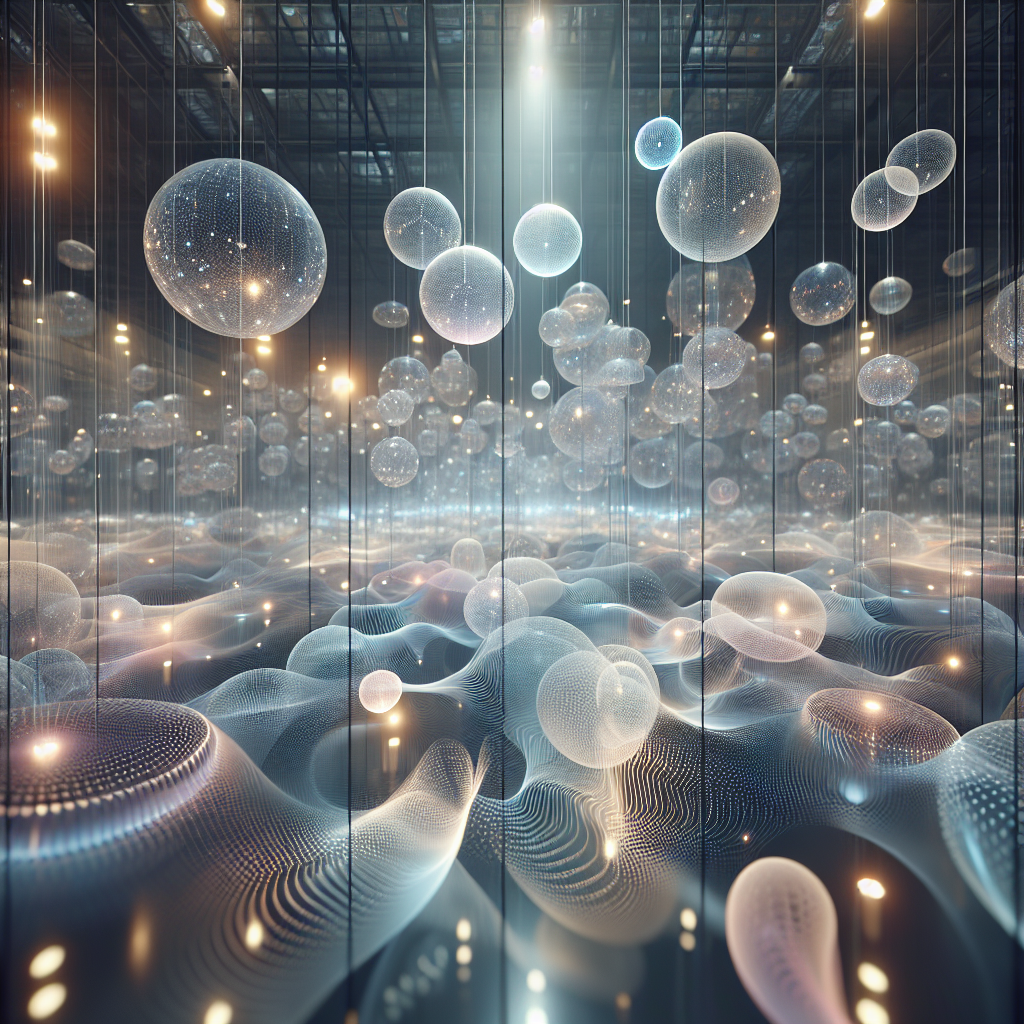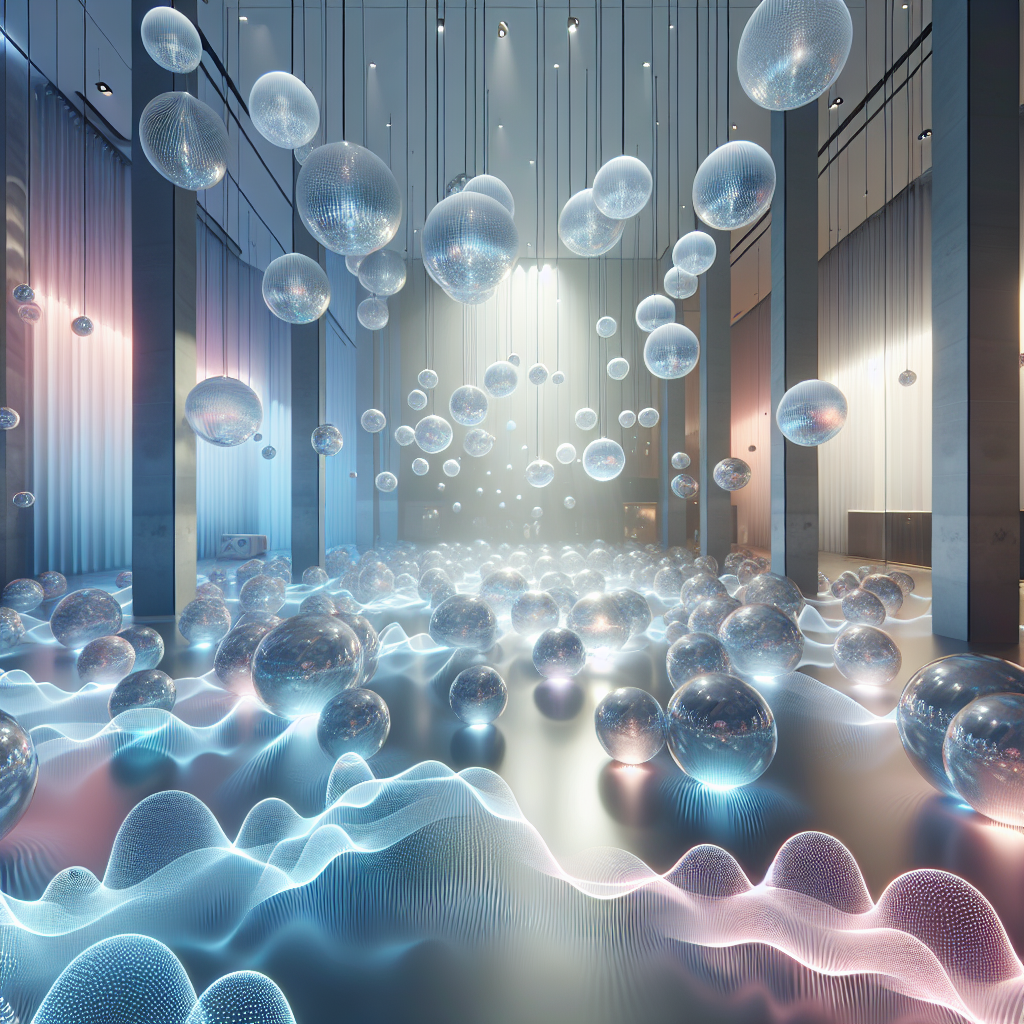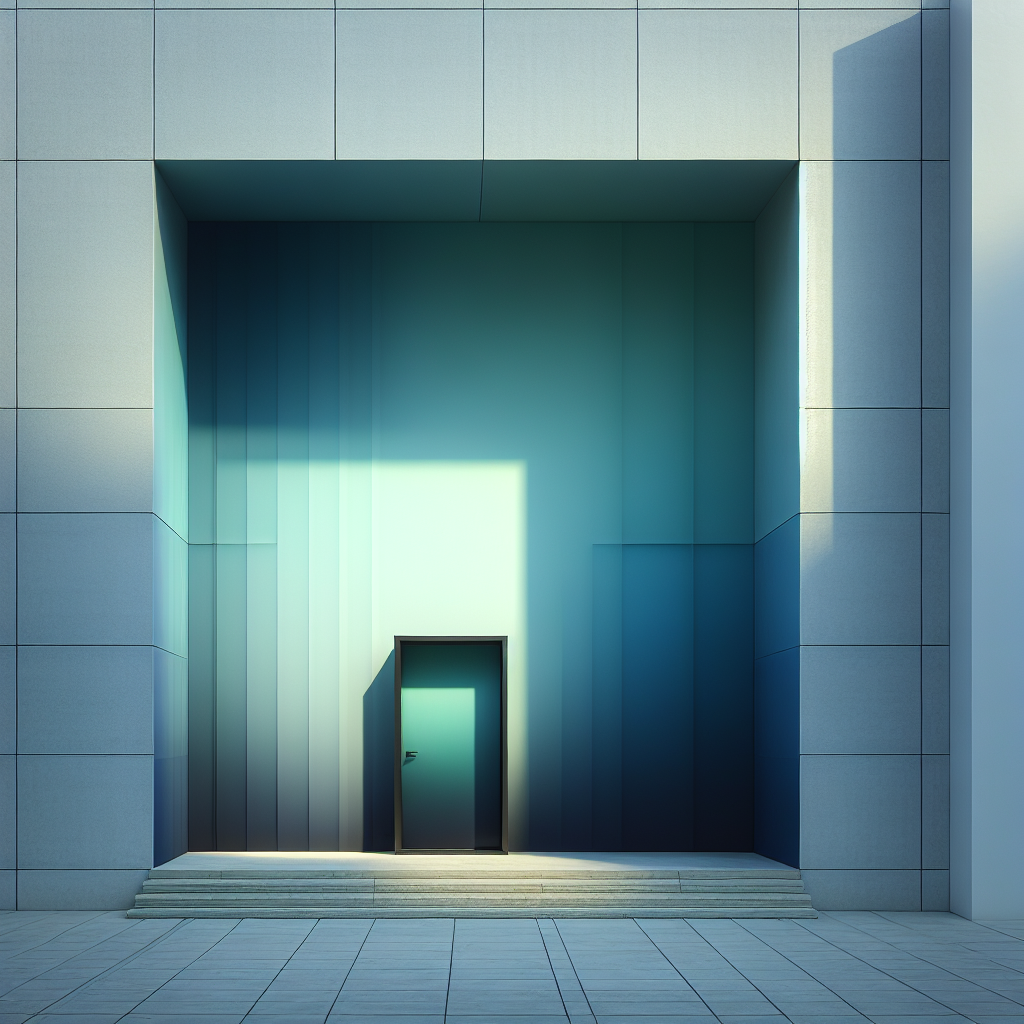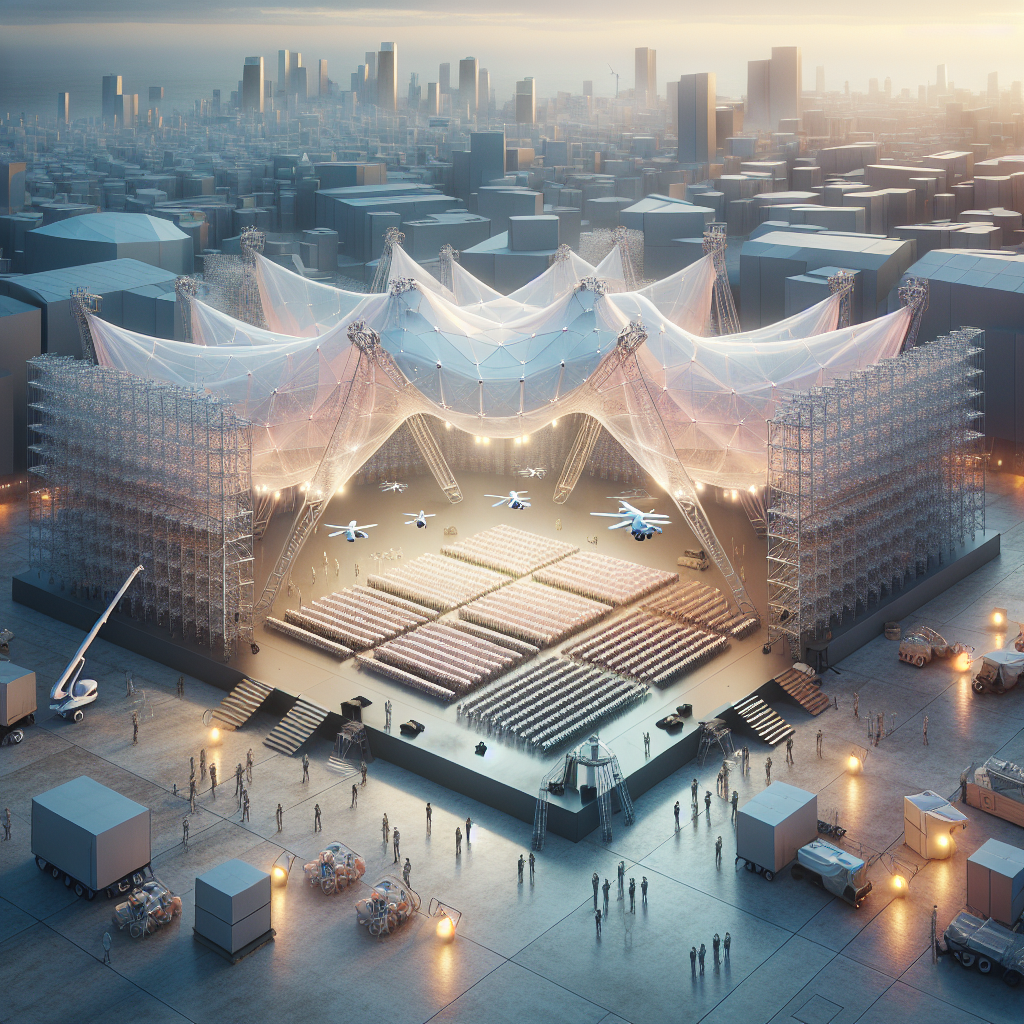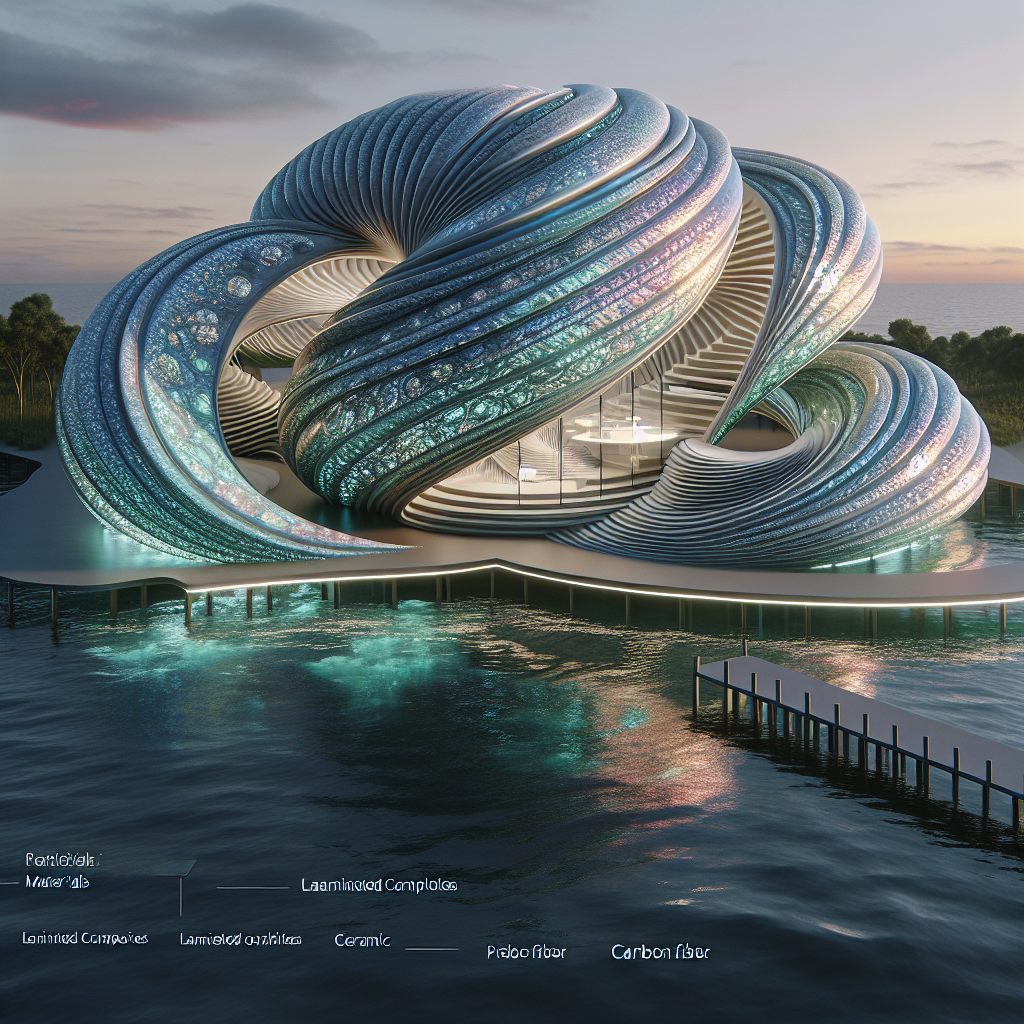Sonic bubble installations: translucent spheres producing ambient music

Sonic Bubble Installations: Translucent Spheres Producing Ambient Music
Imagine stepping into a gallery where sound floats like mist, light refracts through hovering spheres, and the air itself seems to hum in tune with your breath. Sonic bubble installations—ethereal orbs that emit ambient music through vibration and light—are redefining the sensory boundaries of architecture and design. These translucent spheres, often suspended in clusters or arranged in immersive constellations, are not merely decorative; they are acoustic sculptures that transform spatial experience into a living, breathing symphony.
The Rise of Sonic Architecture
In recent years, the intersection of sound design and architecture has evolved from a niche curiosity into a mainstream design movement. From sonic architecture that integrates vibration-based materials into walls and floors, to installations that translate environmental data into harmonic frequencies, designers are increasingly treating sound as a structural material. Sonic bubble installations represent the latest chapter in this evolution—a seamless fusion of acoustics, light, and spatial form.
These installations often employ resonance principles to generate sound organically. Each sphere, typically made from lightweight acrylic or recycled glass, houses micro-transducers that convert electrical signals into gentle vibrations. As the sound waves travel through the translucent material, they produce a soft, diffused glow—an interplay of light and sound that blurs the line between sculpture and atmosphere.
Designing with Sound: The Science Behind the Spheres
At the core of these installations lies a sophisticated orchestration of acoustic engineering and digital artistry. The spheres are often networked through wireless systems, allowing designers to choreograph sonic sequences that respond to human movement, temperature, or even air pressure. In some cases, motion sensors embedded within the installation detect proximity, modulating the intensity or pitch of the sound as visitors move closer.
Architects and designers have long understood the psychological power of sound. Studies from the field of acoustics show that ambient frequencies between 400 and 800 Hz can lower stress levels and enhance focus. By embedding these frequencies into physical structures, sonic bubble installations create therapeutic environments that invite mindfulness and introspection. This approach aligns with the growing emphasis on biophilic design—spaces that nurture human well-being through sensory engagement.
Case Studies: From Galleries to Urban Plazas
One of the most celebrated examples of this emerging art form is “Aural Bloom,” an installation unveiled at the 2025 Venice Architecture Biennale. Designed by the interdisciplinary studio Resonant Matter, the project featured a canopy of 200 suspended spheres, each tuned to a different harmonic frequency. As sunlight filtered through the translucent orbs, the entire pavilion seemed to breathe—its ambient hum shifting with the day’s rhythm. Visitors described the experience as “walking through a living instrument.”
In urban contexts, sonic bubble installations are also being used to reimagine public space. In Tokyo’s Shibuya district, a permanent installation titled “Echo Garden” integrates sound-emitting spheres into a rooftop park. The spheres respond to wind patterns and pedestrian movement, producing a constantly evolving soundscape that reflects the city’s pulse. This kind of responsive design echoes the principles explored in adaptive architecture, where built environments evolve dynamically in response to human presence.
Materiality and Light: Crafting the Translucent Form
The material composition of these installations is as critical as their acoustic performance. Designers often choose translucent polymers or hand-blown glass to achieve the desired diffusion of light. The spheres’ surfaces are sometimes etched or frosted to scatter illumination, creating a halo effect that enhances their ethereal presence. When suspended in clusters, they resemble constellations or underwater bubbles, evoking a sense of weightlessness and serenity.
Lighting design plays a pivotal role in shaping the sensory narrative. Integrated LEDs shift color in response to sound frequency, transforming the installation into a visual score. This technique parallels the explorations of light-based installations discussed in interactive art environments, where light becomes a medium for emotional and spatial storytelling.
Acoustic Wellness and Emotional Resonance
Beyond their aesthetic allure, sonic bubble installations are being recognized for their therapeutic potential. In wellness centers and corporate retreats, designers are using these sound-emitting spheres to foster calm and concentration. The gentle hum of ambient frequencies can mask disruptive noise, improving acoustic comfort and promoting mental clarity. Some projects even integrate biofeedback technology, adjusting sound patterns based on visitors’ heart rates or breathing rhythms.
This fusion of design and neuroscience reflects a broader shift toward sensory architecture—spaces that engage all five senses to enhance emotional well-being. As urban life grows increasingly overstimulating, these installations offer a counterpoint: a sanctuary of subtlety, where silence and sound coexist in perfect equilibrium.
Technological Innovation: From Data to Harmony
Advancements in AI-driven sound synthesis and parametric design have expanded the creative possibilities of sonic bubble installations. Designers can now map environmental data—such as humidity, crowd density, or even social media activity—onto sound frequencies, creating compositions that evolve in real time. This approach transforms architecture into a form of living data visualization, where the built environment becomes both instrument and performer.
Some studios are experimenting with biodegradable materials and solar-powered transducers, aligning the installations with sustainable design principles. The result is a new typology of eco-acoustic art—installations that harmonize technology, ecology, and emotion. These developments resonate with the sustainability ethos explored in biodegradable architecture, where innovation meets environmental responsibility.
The Future of Sound in Design
As the boundaries between architecture, art, and technology continue to dissolve, sonic bubble installations point toward a future where sound becomes a fundamental design material. Imagine residential interiors where translucent spheres adjust their tone to circadian rhythms, or museums where soundscapes guide visitors through exhibitions. The potential applications extend far beyond galleries—into healthcare, education, and urban regeneration.
According to a 2025 report by the World Design Organization, multisensory design is projected to be one of the fastest-growing sectors in the creative industries, driven by advances in AI, acoustics, and material science. Sonic bubble installations embody this trajectory, offering a glimpse into how design can orchestrate not just space, but emotion, rhythm, and time.
A New Kind of Spatial Poetry
Ultimately, the allure of sonic bubble installations lies in their ability to transform the intangible into the tangible. They invite us to listen to architecture, to feel light as vibration, and to inhabit a world where sound and form are inseparable. In an era increasingly defined by digital noise, these installations remind us that serenity can be designed—and that silence, when shaped with intention, can sing.
As the global design community continues to explore the interplay between technology and the senses, the sonic bubble stands as a symbol of this new frontier: a delicate, glowing sphere that hums softly in the air, whispering that architecture, too, can breathe.
Keywords: sonic bubble installations, ambient music design, sound architecture, acoustic design, multisensory spaces, translucent spheres, responsive installations, sound and light design

